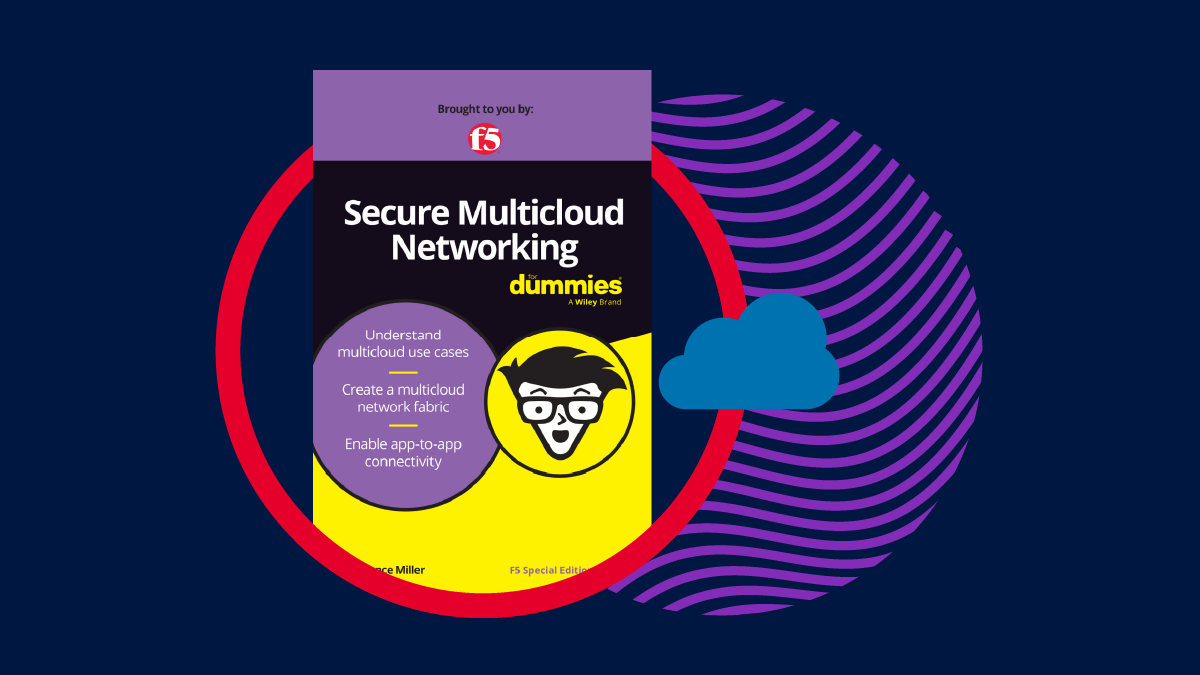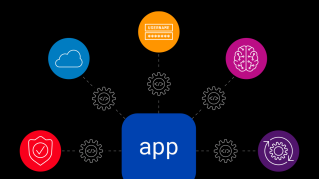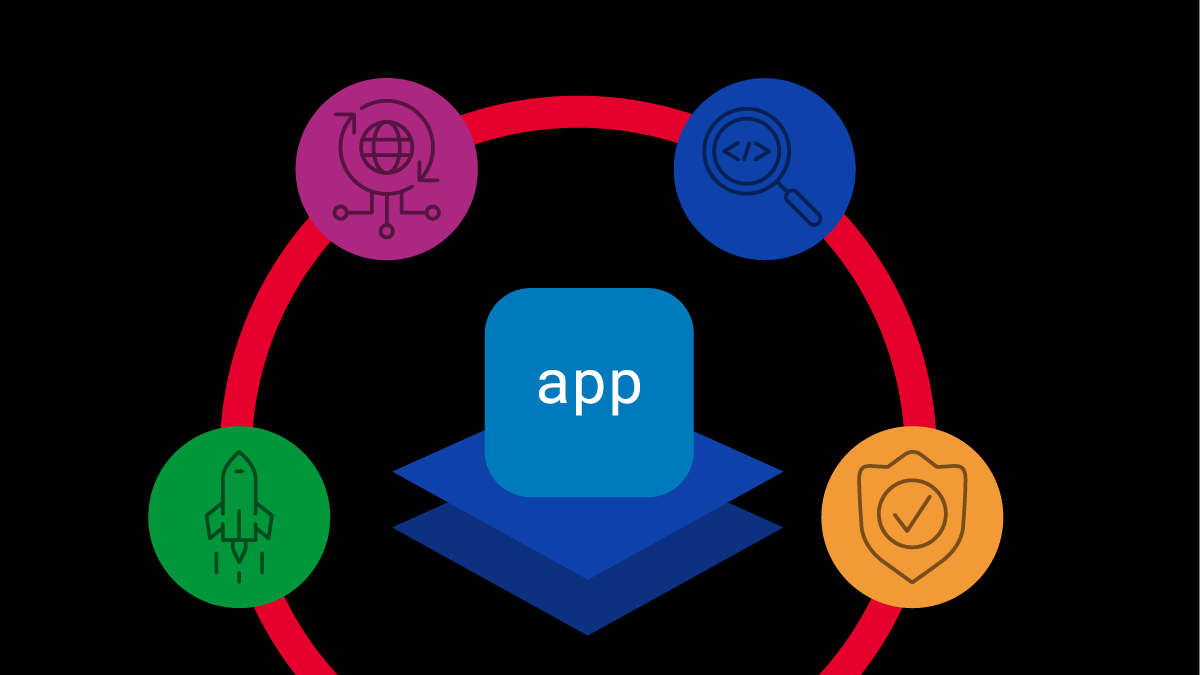Hybrid multicloud architectures are now the foundation of modern IT strategies. According to the 2025 F5 State of Application Strategy report, 94% of organizations deploy applications across multiple environments, blending public cloud, private cloud, and edge computing solutions to balance scalability and performance. By combining on-premises systems with private and public cloud environments, you can optimize workloads, meet unique application needs, and avoid vendor lock-in using the resources that suit your unique requirements.
To ensure applications are protected, a platform approach converging multiple security tools into one solution is the best option for modern organizations.
The challenge of securing hybrid multicloud environments
Organizations today are contending with an explosion of the APIs that accompany hybrid multicloud deployment strategies, as APIs underpin the workings of modern applications. Unfortunately, API sprawl increases the cybersecurity attack surface and introduces potential vulnerabilities. Today, 53% of the average application portfolio consists of modern, API-based applications, and we expect this share to grow to 85% within the next decade. That suggests that APIs will continue to proliferate, even as AI applications ramp up security demands.
As organizations adopt and scale hybrid multicloud environments, three realities become clear:
- Cybersecurity is a top concern for anyone deploying modern workloads.
- Legacy security approaches struggle to address the dynamic and distributed nature of hybrid multicloud environments.
- A platform that centralizes security and provides consistent control across clouds, edges, and on-premises systems is essential.
Securing this new landscape of API-based applications across multiple deployment environments poses significant challenges. Traditional network and app security approaches and tools often fail to keep up with the complexity and risks associated with hybrid multicloud environments. Instead, a platform-centric approach to security offers unified visibility, proactive protection, and measurable efficiencies for today’s digitally driven organizations. A platform approach can address these critical challenges:
Lack of unified observability
Maintaining observability in hybrid multicloud environments is complex. Applications, resources, and APIs span multiple environments with inconsistent security controls, leaving gaps for attackers to exploit. Without end-to-end observability, you cannot confidently monitor all endpoints or respond quickly to threats.
Expanded and sophisticated attack surface
Hybrid multicloud environments multiply attack vectors, including poorly secured APIs, misconfigured cloud storage, exposed servers, and vulnerable edge systems. With AI applications moving to the edge and further away from centralized data centers, the risk of cyberattack skyrockets. Adversaries can leverage automated bots and AI-driven exploits to probe these environments and rapidly scale attacks.
Tool fragmentation
Using disparate tools for API protection and gateways, network firewalls, bot defense, and web app firewalls creates inefficiencies and operational silos across environments. Organizations often struggle with inconsistent security policies and redundant management processes, making it difficult to maintain a coherent application security strategy.
Increased operational burdens
Deploying, managing, and auditing security across multiple clouds, on-premises data centers, and edge environments takes time and expertise. Without automation and unification, teams face scaling bottlenecks and may be forced to unnecessarily spend resources to maintain security controls.
Platform-centric approaches fortify your cybersecurity posture
Leveraging a platform that can provide a comprehensive suite of app delivery and security services deployed across environments and form factors is the most effective way to secure applications anywhere. Adopting a platform-centric approach ensures holistic protection while reducing complexity and inefficiencies. Rather than relying on individual security tools for each environment, a platform approach delivers a unified solution that adapts to evolving threats.
Security platforms can provide unified control across various environments, allowing you to consolidate security policies for on-premises data centers, public clouds, private clouds, and edge systems. Centralized visibility enables IT teams to monitor, identify, and mitigate threats from a single interface, ensuring consistent enforcement of security policies across distributed environments without the need for retrofitting applications.
In addition, as AI and machine learning workloads grow, threats targeting APIs and data pipelines will intensify. A platform that integrates robust API protection and bot defense can guard against emerging AI-driven exploits. Using advanced AI insights, a sophisticated security platform can stop API attacks and bot-driven vulnerabilities before they enter production environments.
Organizations operating hybrid multicloud environments need a platform that adapts security measures to match application demands, ensuring compliance for apps with sensitive data while optimizing scalability for external workloads. This multi-layered, adaptive security approach employs tailored protections for public apps, internal apps, and apps shared with partners. Simplified operations and automation further abstract complexity by enabling centralized policy deployment and enforcement, reducing operational burdens and empowering teams to scale without compromising security.
Finally, by automating policy adjustments to respond to new threats or changing application needs, platform approaches can help you lower the total cost of ownership. Managing fragmented tools increases licensing, operational, and management costs, but a centralized platform consolidates security tools to help reduce overall spending and save on operational and infrastructure costs.
The F5 Application Delivery and Security Platform: Security for today and the future
The hybrid multicloud landscape is constantly evolving, driven by technological advancements such as AI, edge computing, and containerized ecosystems. Expanded attack surfaces, fragmented tools, compliance hurdles, and operational silos make traditional approaches unsustainable. Organizations cannot afford to treat security as an afterthought or rely on patchwork approaches. In the digital-first era, where adaptability and innovation are critical, a unified security platform is no longer merely nice to have—it’s a business imperative. This is where the F5 Application Delivery and Security Platform comes in.
The F5 Application Delivery and Security Platform (ADSP) enables you to:
- Scale applications confidently with tailored, robust security in every environment.
- Reduce the risk of vulnerabilities and compliance violations through unified visibility.
- Help future-proof operations with adaptive, AI-powered tools that grow with the organization’s roadmap.
The F5 App Delivery and Security Platform meets you where you are in your hybrid multicloud journey. It provides the flexibility to protect your applications, however they need to be protected and wherever they may be deployed, today and down the road.
Defend against evolving threats with ease
The F5 App Delivery and Security Platform converges all the critical security tools you need to deliver consistent, comprehensive security to every application and API into a single unified platform. It delivers end-to-end observability and consistent security policy management and enforcement wherever you need it.
The F5 ADSP can extend into any environment to respond to the expanded attack surface created by hybrid multicloud deployments. It simplifies management of multiple environments, reducing the burden on security teams. And with consolidated analytics, you have the information you need to strengthen protection and ensure performance as threats evolve.
The F5 ADSP platform can protect any type of application, in any environment, and in whatever form factor your organization needs. Trust F5 to keep you secure on every step of the journey.


